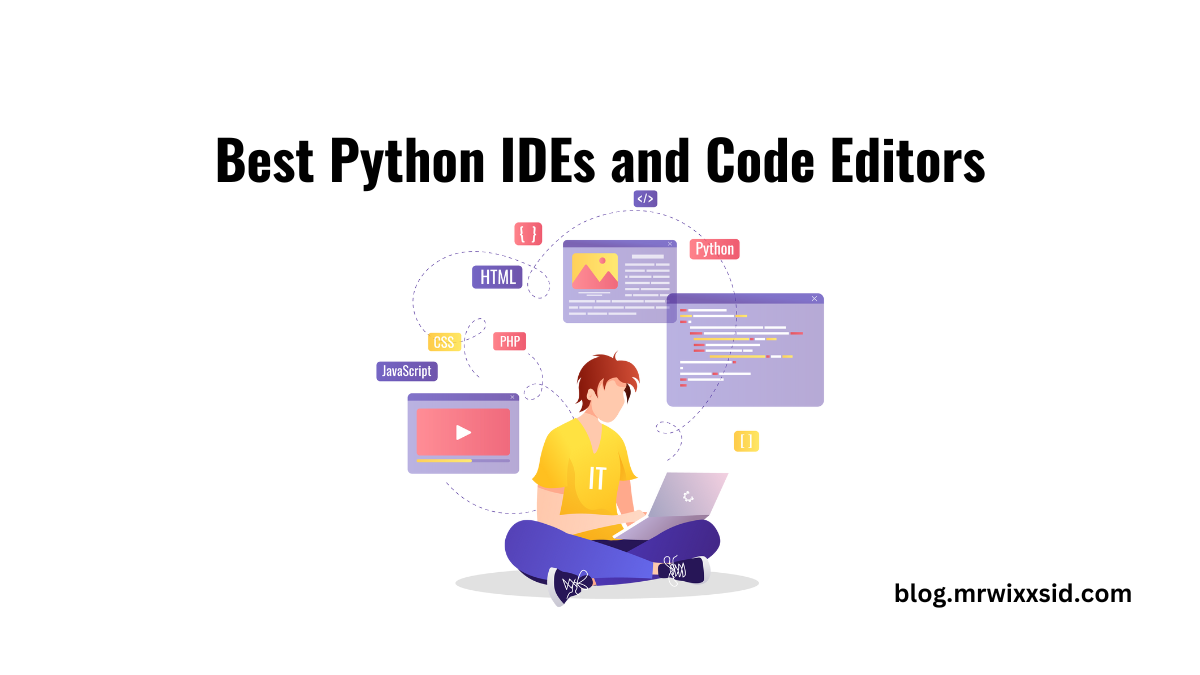Top 10 Best AI Tools to Generate SEO Articles
Hot
Hello there! In today’s digital age, creating high-quality SEO articles is crucial for businesses to establish their online presence and drive organic traffic to their websites. With the advancement of artificial intelligence (AI) technology, there are now various AI tools available that can assist in generating SEO-friendly articles efficiently and effectively. In this article, I […] More



